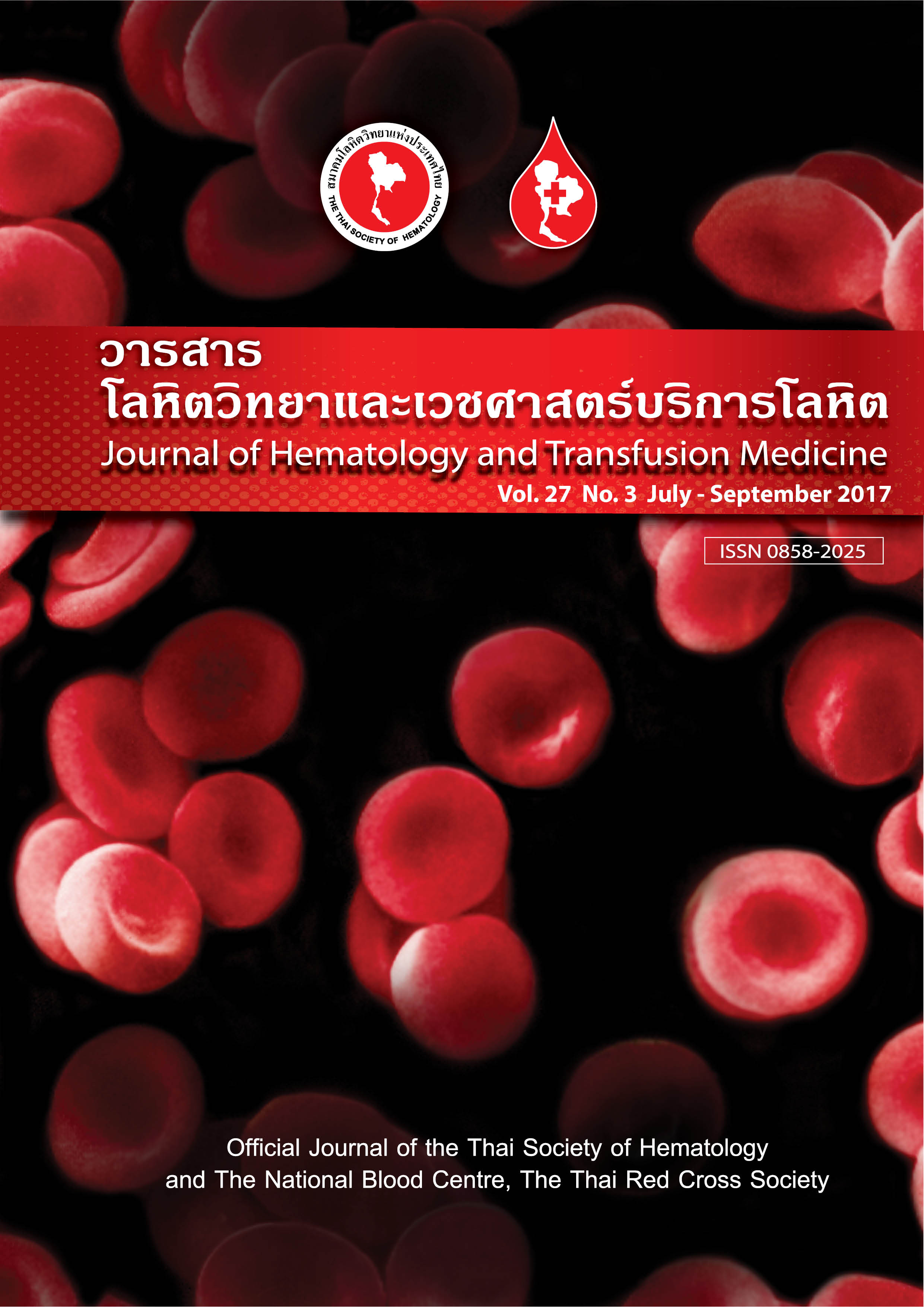Yield and role of surveillance serum galactomannan assay for early detection of invasive pulmonary aspergillosis in adult hematologic malignancies and hematopoietic stem cell transplantation patients
Keywords:
invasive pulmonary aspergillosis, serum galactomannan, chest computed tomographyAbstract
Background: Invasive pulmonary aspergillosis (IPA) is a common life-threatening complication of patients with hematologic malignancy and hematopoietic stem cell transplant (HSCT) with prolonged neutropenia. Serum galactomannan (SGM) is currently used for early detection of IPA; however, the sensitivity and the specificity of SGM vary among laboratories. Therefore, we conducted this study to determine the yield of SGM assay in early detection of IPA among adult patients with hematologic malignancies and HSCT.
Method: The retrospective study included 137 consecutive adult patients with hematologic malignancy and HSCT with IPA. All patients had the results of twice weekly SGM test and chest computed tomography scan performed on days 5-7 of persistent neutropenic fever and at IPA diagnosis.The performance of SGM was analyzed using the receiver operating characteristic (ROC) curve.
Result: The 137 patients with 178 IPA episodes included 90, 25, 9 and 13 patients with acute leukemia, lymphoma, other hematologic malignancies, and HSCT, respectively. Median patients’ age was 48 years (17-91 years). Median neutropenia duration before IPA diagnosis was 13 days (0-742 days). The sensitivity and the specificity of SGM at a cutoff level of 0.5 ng/mL were 31% and 100%, respectively. Based on ROC curve analysis, we found that a cut-off SGM level at 0.31ng/mL had sensitivity and specificity of 50 and 49%, respectively.
Conclusion: The yield of SGM surveillance at a cutoff level of 0.5 ng/mL for early detection of IPA among Thai patients with hematologic malignancy and HSCT was relatively low. A new cut-off SGM level of 0.31 ng/mL may facilitate the early diagnosis of IPA.



